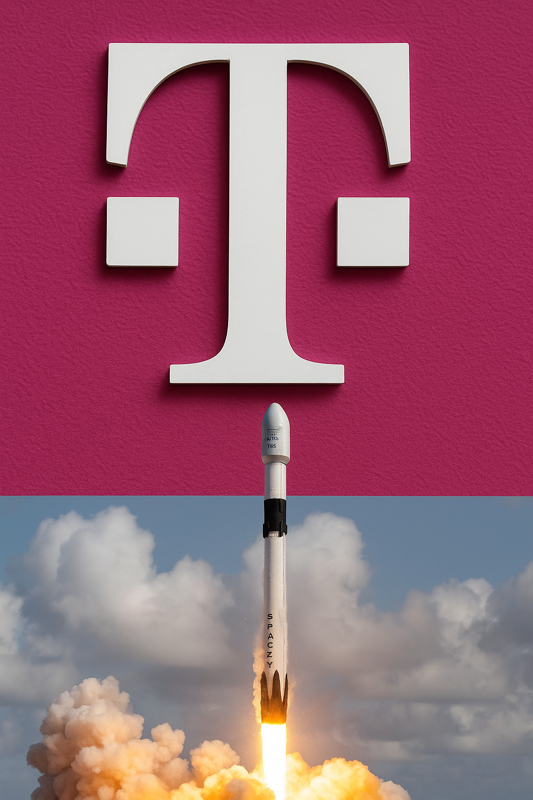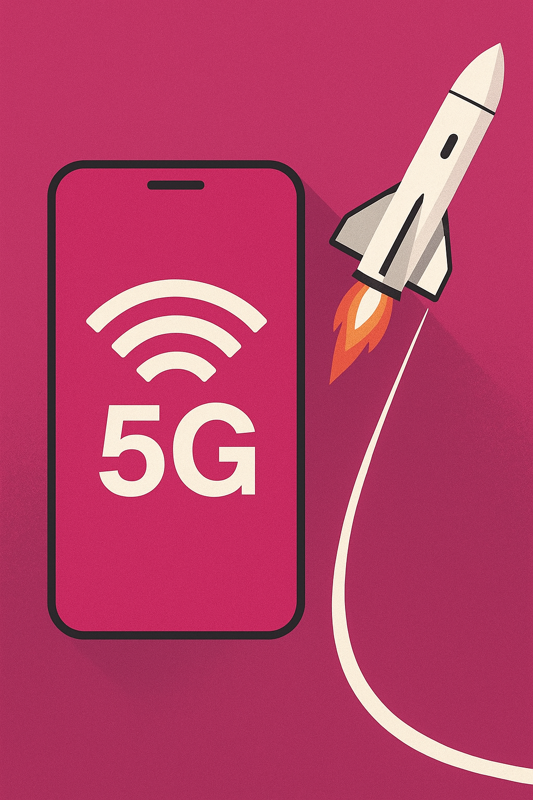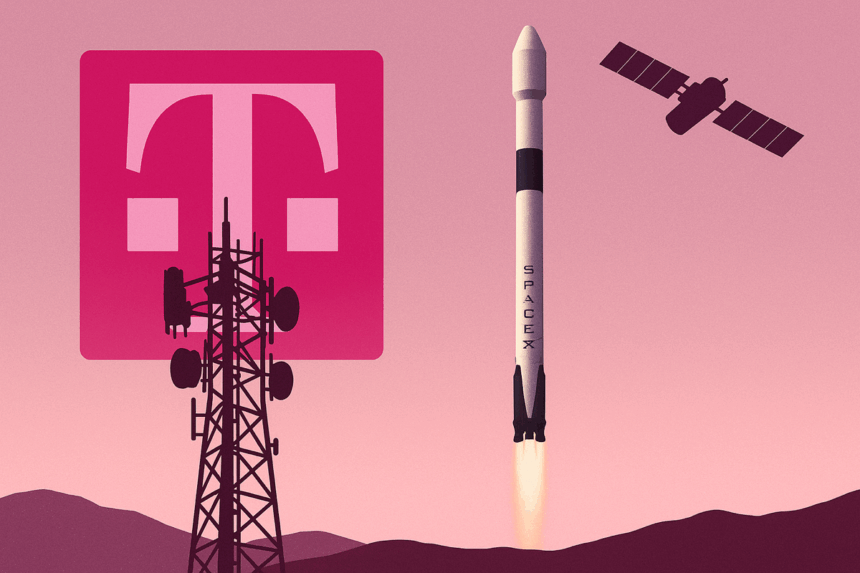T-Mobile officially launches its cellular Starlink satellite service, powered by SpaceX, to help smartphone users stay connected in dead zones (areas with limited or no connectivity). The satellite service, called T-Satellite, works without extra equipment and activates automatically when entering areas with no cell coverage. While available to customers on rival carriers like AT&T and Verizon, non-T-Mobile users face new hurdles to accessing the service, sparking debate over convenience and carrier competition.
What’s Happening & Why This Matters
After months in free beta, T-Mobile starts charging subscribers for T-Satellite as of 23 July 2025. The beta attracted 1.8 million users across various networks. The service beams data directly from SpaceX’s Starlink satellites to smartphones, eliminating the need for bulky satellite dishes or specialised equipment. This innovation promises to solve connectivity issues in rural or remote areas where traditional cell towers fail.

T-Satellite automatically activates when users enter cellular dead zones. It works best with a clear view of the sky, but can also operate indoors, in cars, or even in pockets. The service currently supports SMS, location sharing, and MMS on some Samsung and Motorola devices. Starting 1 October, T-Mobile plans to enable data transmission to selected third-party apps, including those from Google, Apple, and hiking guides like AllTrails. Voice and video calls remain future goals but depend on spectrum availability.
T-Mobile subscribers on premium plans, including Experience Beyond and Go5G Next, receive T-Satellite at no extra cost. Other carriers’ customers (e.g., AT&T, Verizon) pay $10/mo. However, the signup process for non-T-Mobile users changed with the official launch. Unlike the online-only beta registration, these customers must now call T-Mobile or visit retail stores to activate the service. This step adds friction and appears designed to encourage carrier switching.
T-Mobile’s website actively promotes switching to their service, offering potential savings compared to rivals. T-Mobile’s strategy converts satellite users into full customers, rather than merely providing cross-carrier satellite access.

The service supports around 60 phone models released since 2021, including iPhone 13 and later, Samsung Galaxy S21 and newer, and Pixel 9 devices. T-Mobile plans to expand this list over time.
T-Satellite complements other satellite messaging options. Apple’s free satellite texting for iPhone 14 and newer devices competes in this space, though future pricing is uncertain. Verizon offers satellite messaging via a partnership with Skylo. Starlink competitor AST SpaceMobile wants to enable satellite-based video calls and internet next year with AT&T and Verizon.
TF Summary: What’s Next
T-Mobile’s commercial launch of SpaceX-powered Starlink cellular service is a recognisable milestone for limited connectivity. However, restrictions on non-T-Mobile subscribers introduce access barriers and fuel competitive dynamics in U.S. wireless markets. The service’s gradual feature rollout — from SMS to full voice and data — reflects ongoing technical and regulatory challenges.
As T-Satellite evolves, expect wider device support and expanded app integrations. Satellite connectivity may become essential for outdoor enthusiasts, emergency responders, and remote communities. Meanwhile, carrier strategies will shape how accessible and affordable this innovative service becomes.
— Text-to-Speech (TTS) provided by gspeech


